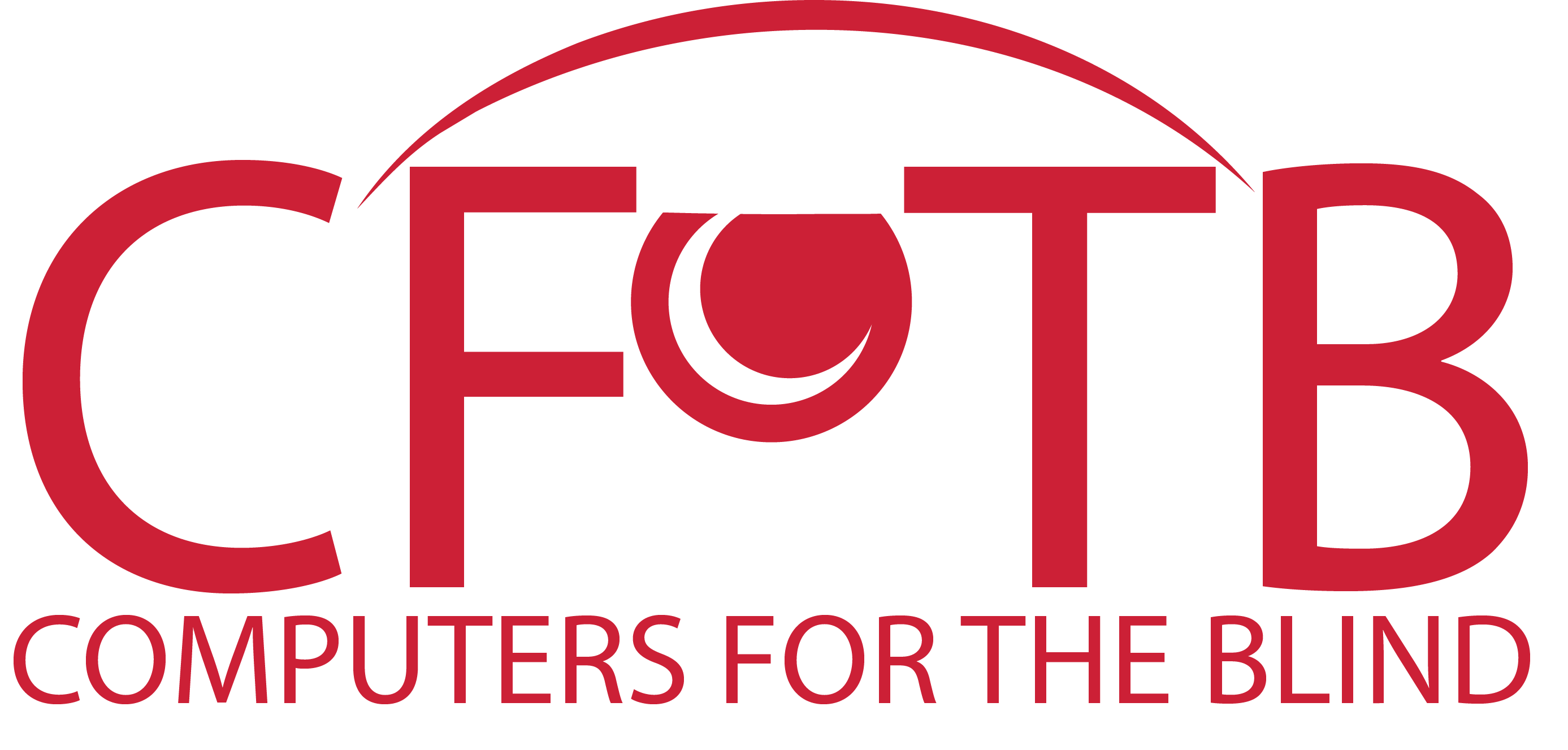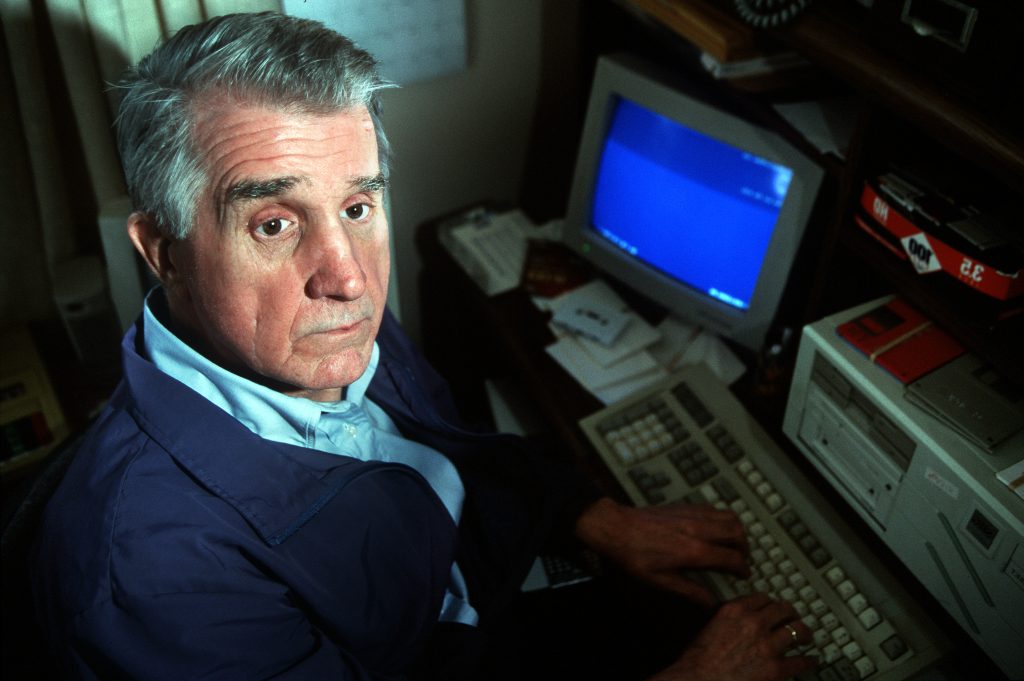Blinded at age 16 in a Halloween accident, Bob Langford’s life changed in ways no one could have predicted. No longer could he demonstrate his competitive nature and physical strength on the football field. His parents knew in their hearts that independence, education, and a strong moral compass would guide Bob to fulfill his dreams… sighted or not.
Bob was the first blind person to graduate from public high school in New Mexico and the first blind person to receive a Bachelor’s degree from the University of New Mexico. His degree included a triple major: Psychology, Social Work, and Education.
In Bob’s mind, employment was the objective and education was the best means of preparation. To compete, he felt he had to be better prepared than the rest. After applying for a vocational rehabilitation job with the University of Wisconsin and not receiving a response, Bob took a bus to Madison. His intent was to secure an interview.
Bob arrived in Madison on a Friday night, took a cab to the university, and called the head of the rehabilitation program. He convinced the head of the program to meet with him on a Saturday morning. Bob learned that the job he wanted had been put on hold for six months due to budget constraints. He figured if they got to know him, they would like him. He found housing within walking distance of the campus and got accepted to the University. Taking a full-academic load, Bob graduated with a Master’s Degree in Vocational Rehabilitation. The job was never funded.
Through networking, Bob learned of an employment opportunity in Brooklyn, New York. The job was to teach the blind to operate a sewing machine. This program offered a sheltered work center for the blind and the opportunity to learn a trade. The executive director of the organization expected to hire a sighted person to teach. Bob convinced the executive director to let him do the job on a volunteer basis for six months. The paid position became his and Bob’s career was launched.
In subsequent years, Bob worked as a field representative teaching the blind basic living skills. Bob learned many lessons, but the one that stood out the most was: “You have to be innovative to teach. You have to understand the fears, the experiences, and the hopes of the student.” Bob then reflected on his own feelings: “I knew I wanted to help others mainstream. I knew that learning takes place when the student is invested and the support systems (namely the family) are in place to nurture growth.”
Leadership roles followed at the state and national levels. After attaining a Doctorate Degree in Vocational Rehabilitation, Bob held leadership roles with rehabilitation centers, state agencies, and The Texas Commission for the Blind. Often these roles required Bob to convince others that a blind man could in fact manage the details, be fiscally responsible, and lead others. Each day, he would get up and decide what needed to be done that day. He often said “I didn’t think about it, I just did it. It needed to be done.”
In later years, Bob and his family moved to Texas and retired. Bob retired from traditional employment and continued to commit his life in service to the blind. In , he founded the Texas Center for the Physically Impaired, now called Computers for the Blind (CFTB). The original mission of the organization was to act as a resource agency for the blind. Bob had hoped to help others navigate the many roads leading to independence for the blind.
An amazing thing happened along the way, Bob got his first computer and his life changed. He discovered how computers could help him overcome communication barriers and wanted to give other persons with visual impairments access to this wonderful tool. Bob said “For the first time, I could communicate privately. I was in control of when I wanted to read. I could independently manage my own finances.” He began to experience freedom and independence he had never dreamed of before.
Computers for the Blind became the central focus of his organization and to date has delivered tens of thousands of computers to persons with visual impairments.
Bob and his wife Doris celebrated a wonderful marriage. They have four beautiful and independent children. The family has lived in ten states over Bob’s career. The primary focus for his family was service to the blind.

